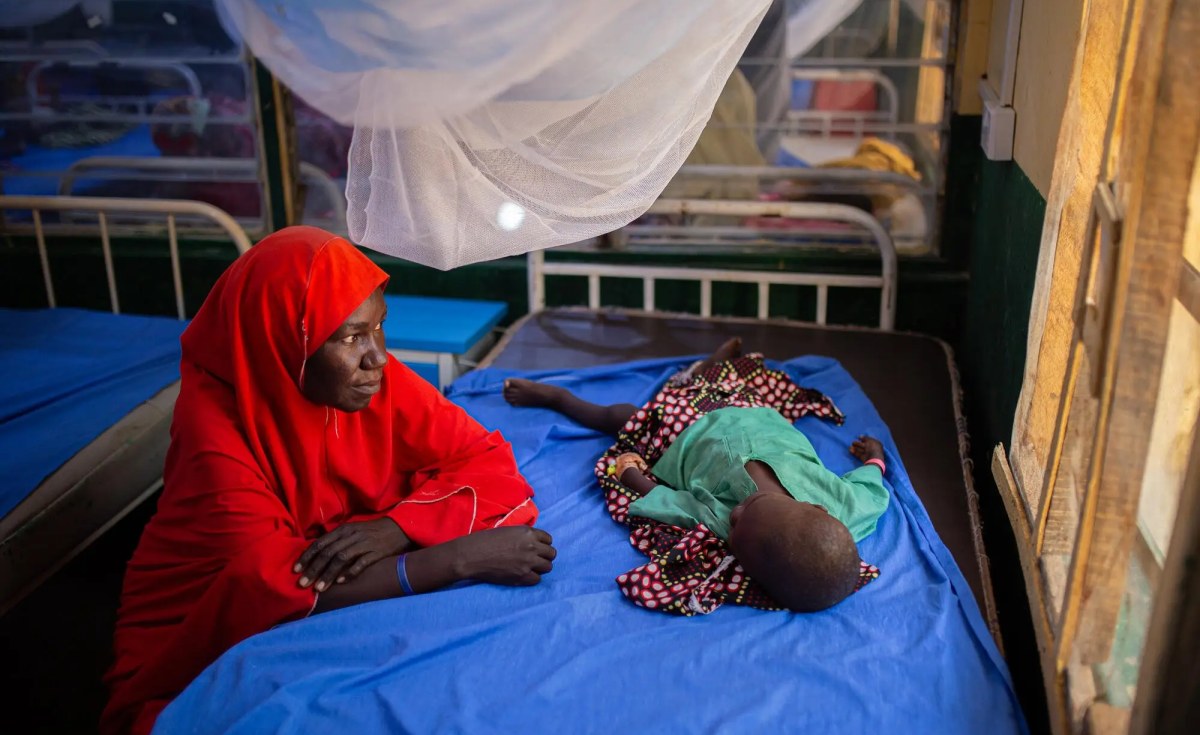Malaria incidents are on the rise. There were 249 million cases of this parasitic disease in 2022, five million more than in 2021. Africa suffers more than any other region from malaria, with 94% of cases and 95% of deaths worldwide.
This year two revolutionary malaria vaccines are being rolled out across the continent. Nadine Dreyer asks Jaishree Raman if 2024 will be the year the continent takes a significant leap towards beating the disease.
The RTS,S malaria vaccine
The RTS,S vaccine was the first to target a parasite. It was developed by the Walter Reed Army Research Institute after 30 years of intense research and approved by the World Health Organization in 2021.
What is special about it?
The long-awaited vaccine was described as a breakthrough for science, child health and malaria control. It is being aimed at children under the age of 5, who make up about 80% of all malaria deaths in Africa.
A multi-country trial involving Ghana, Malawi and Kenya confirmed the safety of the vaccine, with limited side effects, a high level of acceptability among the affected communities, and the feasibility of a four-dose vaccine regime within a rural African healthcare setting.
Among children aged 5 and 17 months who received 4 doses of RTS,S, the vaccine prevented about 30% of them from developing severe malaria.
Although a 30% prevention rate might seem low, a recent study published in The Lancet Infectious Diseases in August 2023 showed that giving young children RTS,S alongside other antimalarial prevention treatments before the rainy season reduced malaria by nearly two-thirds.
How far along is the rollout?
Since 2019 more than 2 million children in Ghana, Kenya and Malawi have been vaccinated with the RTS,S malaria vaccine.
The world's first routine vaccine programme using the RTS,S started in Cameroon in January 2024. The country is offering the vaccine free of charge to all infants up to the age of six months. This has been described as a transformative chapter in Africa's public health history.
About 18 million doses of the vaccine were allocated to 12 African countries. They are Benin, Burkina Faso, Burundi, Cameroon, the Democratic Republic of Congo, Ghana, Kenya, Liberia, Malawi, Niger, Sierra Leone and Uganda.
What are the holdups?
Since the WHO approved and prequalified the vaccine, demand has been unprecedented. The manufacturer, GlaxoSmithKline, is unable to produce enough doses.
The vaccine and AS01 adjuvant, a chemical compound used to boost immune responses, have complex synthesis processes. This is what's limiting the projected vaccine production for the next two years to 18 million doses.
This is significantly lower than the estimated 60 million doses already pre-ordered by numerous countries were malaria is endemic.
R21/Matrix M
After decades of vaccine research, a second malaria vaccine was approved just two years after the RTS,S vaccine. The R21/Matrix is a second-generation RTS,S vaccine. It was developed by Oxford University's Jenner Institute and approved by the WHO in October 2023.
What's special about it?
The R21 vaccine is a significant improvement on the RTS,S vaccine, with 75% efficacy over a year.
The production process is much less complicated, which means it can be manufactured in vast amounts. The world's largest vaccine manufacturer, the Serum Institute of India, has already established production capacity for 100 million doses per annum. This is great news for 40 million children born every year in malaria areas in Africa.
The R21/Matrix M vaccine is very cost-effective, projected to retail at $2-$4 a dose, comparable in price to other childhood vaccines used in Africa.
How advanced is the rollout of the R21 vaccine?
Data from a clinical trial in 2020 involving 450 children aged between 5 and 36 months from Burkina Faso confirmed vaccine safety and protection against severe disease, with an efficacy of 77% after 12 months.
These very encouraging findings prompted several malaria-endemic African countries, including Ghana and Nigeria, to approve use of the R21/Matrix M vaccine well before the World Health Organization.
Oxford University took the proactive step of signing a manufacturing agreement with the Serum Institute of India even though WHO approval and prequalification had not been granted.
This forward-thinking approach has ensured that the first batches of the R21 vaccine will be available in the second half of this year.
The Serum Institute has committed to producing twice as many doses in 2025, alleviating some of the demand for the RTS,S vaccine, and ensuring vulnerable young African children in high burden areas receive protection against malaria.
What are the holdups?
Without WHO approval and prequalification, several international organisations, including Unicef and Gavi, the Vaccine Alliance, were unable to fund the procurement or production of the vaccine.
The WHO finally approved and prequalified R21/Matrix M for use in the last quarter of 2023.
This vaccine is due to be rolled out in several African countries from May 2024.
No silver bullet
While the fight against malaria has been significantly bolstered by the availability of these vaccines, they are not the silver bullets that are going to get us to an Africa free of malaria.
They are, nonetheless, a welcome addition to the malaria elimination toolbox and ideally should be used together with other control strategies like long-lasting insecticide-treated bed nets, rapid diagnosis, and treatment with an effective antimalarial.
This will be the year that many vulnerable young African children will have access to not one, but two malaria vaccines.
Jaishree Raman, Principal Medical Scientist and Head of Laboratory for Antimalarial Resistance Monitoring and Malaria Operational Research, National Institute for Communicable Diseases





























